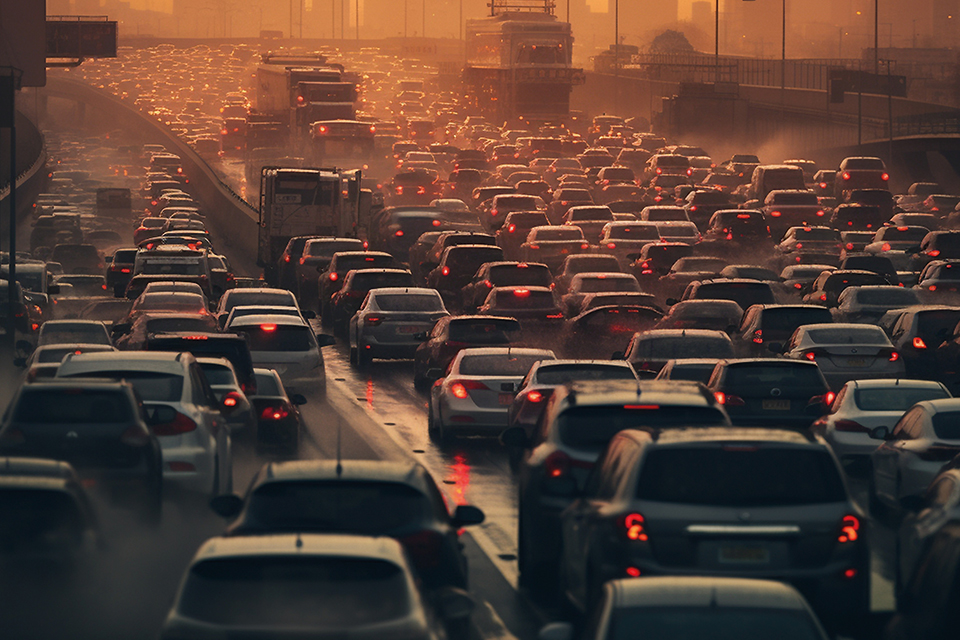2023-11-30
Air Pollution Part 3 – Sources of Particulates

“Particulates” is a complex mix of natural and synthetic microscopic particles such as mineral dust, sea salts, ammonium salts, organic matter, and soot. There are both natural and anthropogenic sources of particulates in the air.
The primary concern to health is the ability of particulates to penetrate deep into the lungs of humans and other living organisms, where it affects the absorption of oxygen negatively. The smaller particles, the longer they stay suspended in the air and the higher concern with respect to penetration.
Size Matters
The penetration aspect means that size matters when it comes to particulates. Particulates concentration limits are therefore different for different particulate fractions. The base standard is called PM10, where “PM” stands for particulate matter and “10” is a cut-off average diameter in micrometres of the individual particles. The size selection is often made through the design of inlet heads, and it is a statistical average. Some particles with diameters larger than 10 μm will be accounted for and some particles with diameters less than 10 μm will be excluded, but it is of less concern as long as the selection is made in the same way, which it is through standardised design of the inlet heads.
As the concern on particulates lies in its diameter and the smaller diameter the higher concern, there have for many years also been air quality limits tied to a PM2.5 standard, where the cut-off diameter is 2.5 μm. WHO, EU, and many other international and national guidelines express limits for both PM10 and PM2.5, and the focus during recent years has been on PM2.5 or even smaller particulates. In fact, research level studies are nowadays often further focused on ultrafine particles referred to as PM0.1, i.e. with an average diameter of 100 nm or less.
Natural Sources
The nature itself is a major source of particulates emitted to the air. A fair share consists of mineral dust, organic compounds, and sea salts, which can be spread over wide areas by the wind. Volcanic activities can also generate substantial amounts of particulates which can be spread over entire continents and for example cause notable disruption to air traffic.
Combustion
Real-life combustion often generate soot through incomplete oxidization. Soot formation is initiated when carbon originating from the fuel forms nanometre-sized graphite spheres. The spheres grow on the surface and coagulate to larger particles. Chains of coagulated particles attracts hydrocarbons which condense to form even larger particles. Some particles eventually become visible to the naked eye.
Road Traffic
Soot can be emitted from vehicles, but they also generate particulates through wear of tyres and road material. This is very notable in cold-climate regions where roads are sanded in response to ice formation. The use of studded tyres fuels road wear as well as dispersion of metallic particles from the studs themselves.
Industrial Production
Many industrial processes involve fine particles which can be emitted through materials handling. This is the case for example at cement industries and some types of metal smelters, which at least locally can be responsible for high particulate concentrations in the ambient air.
